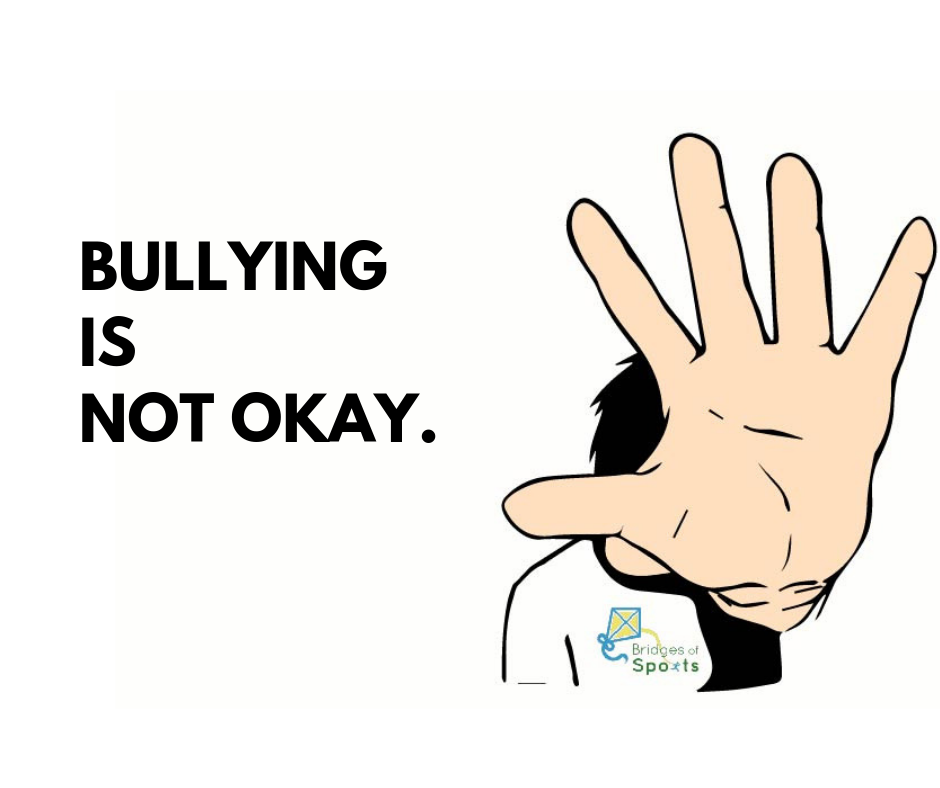Bullying is a growing problem in sport and performance settings. Bullying falls under the umbrella of “athlete maltreatment,” which includes any form of harm and all relationships where harm could occur in sport and performance.
It is a common and serious problem rooted in a complex interplay of micro- and macro level dynamics. All parties involved in sport have the ability to change the culture of sport and reduce harmful behaviors. Intimidating younger talented players may hinder performance and allow more senior athletes to keep roster positions or places on a depth chart. This type of behaviour is often overt and extreme because its purpose is to humiliate and intimidate.
Identification of such issues by parents and coaches will play an important role in minimizing the harmful psychological effects it can have on an athlete.
Bullying in sports can take a variety of forms. Some common examples include:
- Targeting team members who do not perform as well as others.
- Targeting, intimidating and coercing new team members and forcing them to prove they belong on the team.
- Targeting someone because they get more attention and praise from the coach or because they appear to be the coach’s favorite.
- Harassing team members when they make a mistake during the game.
- Threatening team members about doing well in games and practices because they might steal the limelight
What can you do?
If adults can identify such issues and help children take small steps, the young athletes will learn critical life lessons.
- Reinforcing positive behaviors by encouraging to communicate openly can play an instrumental role in the prevention of such incidents. When young athletes step up and respond to bullies with seeming confidence, they will likely throw the bully off-guard. They’ll discover that they can handle very difficult situations,a discovery that will likely boost their confidence and enjoyment in sports.
- Adopting best practices and anti-bullying policies at school/ training academies along with specific assistance to bullying targets will create a safer sports climate and ensure higher participation.
- Sports Psychology Consultants and Counsellors Although the relationships between empathy, bullying, and bystander behavior are complex, hearing and discussing personal survivor stories can help in supporting and encouraging change at the individual and institutional level. Lowered sports performances due to harassment, mental trauma or fear can be reversed by intervention programs held by performance coaches and other professionals.
Bullying in athletics is real, occurring across gender lines, in every sport, at all levels, throughout the nation. It is often hidden behind the disguise of teamwork and the push for excellence, and its repercussions are not always taken seriously. Players must have coaches and parents who openly acknowledge this reality and are willing to address negative behavior head-on. When they invest their time and energy into preventing bullying, they are strengthening their team while creating leaders who understand empathy and acceptance.




